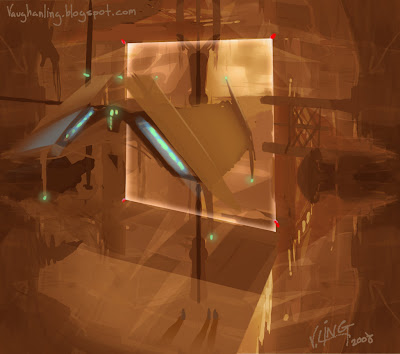
This is very effective practice and can leave your mix with more dynamic range instead of a flatline line mix.Ĭomparatively, the external sidechain is used best when you have two more conflicting frequencies. You can cut out the sub frequencies of a sound and only have the compressor reacting to anything above 100hz or more. Internal sidechain will help with this feature by, filtering out frequencies that the compressor can react to. The compressor will react to the sub end, then it would start squashing before it had a chance to reach the actual part of the sound your trying to flatten. This technique is vital, as sometimes, you don’t always want to compress the entire sound.įor example, compressing a signal that has a sub frequency, along with other frequencies, can trigger the compressor to react the sub frequency first vs the actual body of the sound. Internally, you can filter out unwanted frequencies you don’t want to compress.

To explain, I have summarized the two factors in a brief manner below.Īn internal sidechain is mean for the incoming signal. Now, the key differences between the two is day and night but work towards a common goal. Secondly, is external sidechain compression. In the next section we will inspect 4 of the best free sidechain compressors.īefore I introduce you you into these plugins, I would like you to understand that there are 2 types of side chain compression used in the industry.įirstly, there is internal sidechain compression.

If you are looking for a sidechain compression plugin you have come to the right place. Internal & External Side Chain Compression


 0 kommentar(er)
0 kommentar(er)
